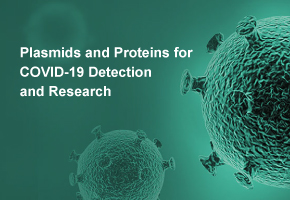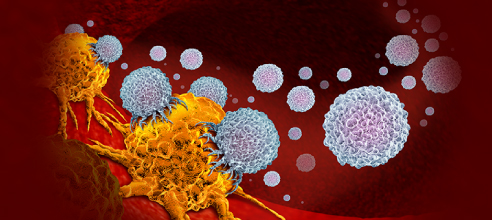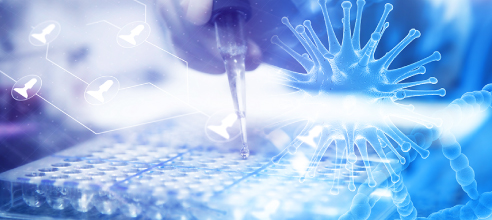Monodispersed PEG Linkers Enhance Antibody–Drug Conjugates (ADCs)
Antibody-drug conjugates (ADCs) combine potent small-molecule drugs with monoclonal antibodies for targeted cancer therapy. A major challenge is loading enough drug onto each antibody without compromising solubility or circulation time. Introducing polyethylene glycol (PEG) linkers between the antibody and drug payload can address this. PEG is hydrophilic, biologically inert, and FDA‐recognized as safe. As a flexible spacer, PEG “shields” the hydrophobic drug, greatly improving ADC solubility and stability. In fact, PEGylated linkers allow higher drug-to-antibody ratios (DARs) by preventing payload aggregation and rapid clearance. Clinical data show that ADCs with very high DARs (over ~6) clear quickly due to hydrophobicity, whereas optimized DARs (2–4) strike a balance of potency and half-life. By masking lipophilicity, PEG linkers help highly-loaded ADCs reach their target cells with improved pharmacokinetics.
Increased Drug Loading: Hydrophilic PEG linkers enable higher DAR by solubilizing hydrophobic payloads, allowing more drug molecules per antibody.
Improved Pharmacokinetics: The PEG chain prolongs circulation. It forms a “hydration shell” around the ADC, reducing non-specific clearance. ADCs with PEG linkers show slower plasma clearance and longer half-life.
Reduced Immunogenicity: By preventing protein aggregation and shielding payload epitopes, PEG linkers lower the risk of immune recognition. PEG-encapsulated ADCs often exhibit reduced antibody responses and toxicity.
Enhanced Targeting: More soluble and stable ADCs better reach tumor cells. In practice, ADCs with consistent PEGylated linkers and defined DARs show less off-target toxicity and better on-target efficacy.
Monodisperse vs. Polydisperse PEG: Conventional PEGs are polydisperse mixtures (a range of chain lengths), which can yield heterogeneous ADC products. In contrast, monodispersed PEGs are uniform chains with a single defined molecular weight. This uniformity greatly improves ADC manufacturing:
Uniform Structure: Every PEG linker has the same length and functional groups, so each ADC molecule is identical. Monodisperse PEG has a precise molecular weight (polydispersity index = 1.0), unlike conventional PEG blends.
Reproducibility: Defined PEG chains simplify characterization and conjugation. Batch-to-batch consistency is improved because each synthesis yields the same linker composition.
Safety: Uniform PEGs reduce heterogeneity-driven risks. Studies show that well-defined PEGylated drugs can overcome the immunogenicity and adverse effects associated with polydisperse PEG mixtures. or example, anti-PEG antibody levels rise with widespread use of conventional PEG, but discrete PEG linkers can mitigate this “ABC” effect.
Biopharma PEG (Watertown, MA) supplies a range of monodisperse PEG linkers designed for ADCs. These include long-chained and bifunctional PEGs with specific end groups to facilitate conjugation, such as mPEG36-NH2, OH-PEG6-COOH, N3-PEG11-NH2, 2-((Azido-PEG8-carbamoyl)methoxy)acetic acid, etc.
Each of these PEG linkers is synthesized to high purity, ensuring consistent ADC assembly. For example, Biopharma PEG’s products are made from high-purity building blocks via stepwise reactions to achieve precise molecular weight. In short, these discrete PEG linkers allow scientists to fine-tune ADC DAR and improve stability, circulation half-life and target specificity, while avoiding the variability inherent to polydisperse PEG.
Conclusion
Monodispersed PEG linkers are becoming essential tools in ADC development. By uniformly spacing and shielding payloads, they allow higher DARs and stronger tumor targeting without sacrificing pharmacokinetics or safety.
- Like (1)
- Reply
-
Share
Reply
About Us · User Accounts and Benefits · Privacy Policy · Management Center · FAQs
© 2025 MolecularCloud




